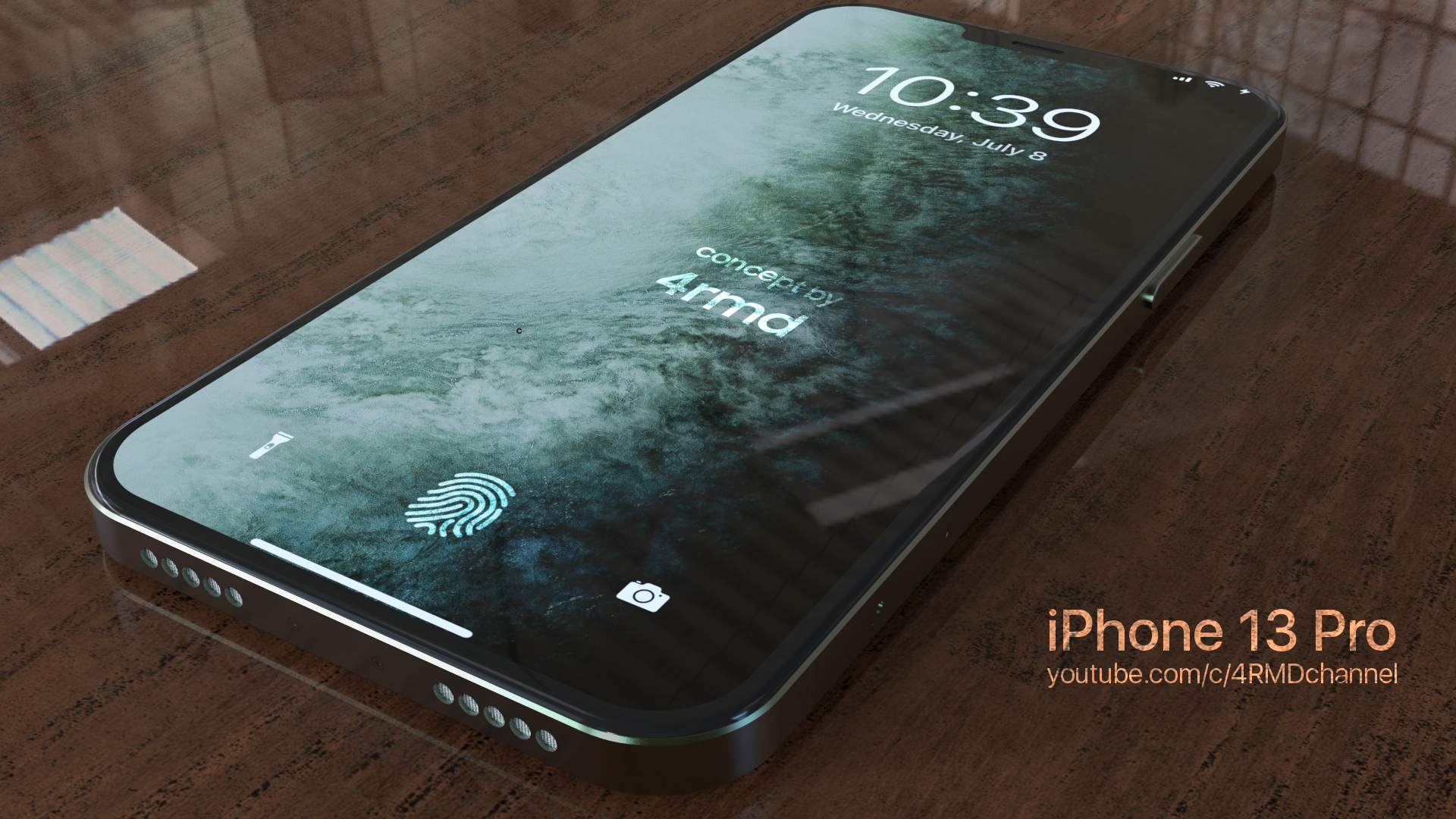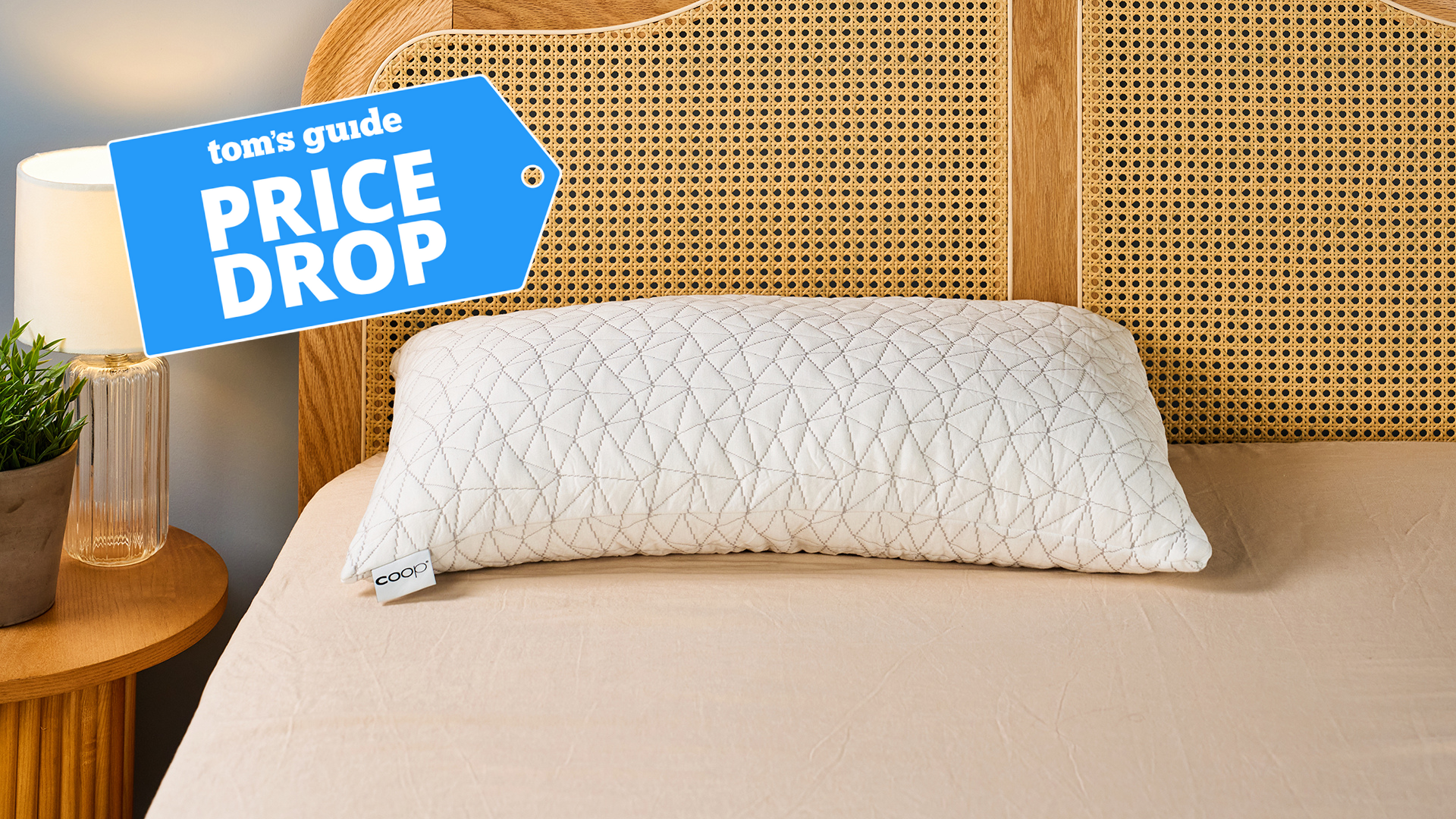iPhone 13 Pro 120Hz display now looks like a lock — thanks to Samsung

If there's one iPhone 13 feature that's garnering the most attention in the build up to that phone's fall release — well, besides the prospect of a smaller notch — it's the idea that some iPhones could get a display with a faster refresh rate. A new report makes that look like an even better bet for the iPhone 13 Pro models.
The Elec reports that Apple has lined up a supplier for the rigid flexible printed circuit boards that are needed to OLED panels with the phone's mainboard. And that supplier is Apple's main rival in the smartphone business, Samsung.
- 5 upgrades the iPhone 13 needs to beat the Galaxy S21
- Apple AirTags have space for drilling a key ring hole
- Plus: Forget iPad Pro 2021 Magic Keyboard — this is $100 less
It's not unheard for Apple and Samsung to do business together. The Korean electronics giant already supplies Apple with OLED panels, so it makes sense that Apple would turn to the company for RFPCB, too. According to The Elec report, those circuit boards are to be used in the higher-tier Pro models of the iPhone 13, which will benefit from RFPCB's ability to fast transmission of electric signals. Put another way, this is the latest sign that the iPhone 13 Pro and iPhone 13 Pro Max are going to feature fast-refreshing displays that make use of low-temperature polycrystalline oxide, or LTPO, technology.
The current iPhone 12 models feature displays that refresh at 60Hz, which is standard for most phones. In the past two years, though, an increasing number of phones led by Samsung's flagship models are turning to screens with faster refresh rates — the Galaxy S21 lineup, for example, tops out at 120Hz.
That trio of Samsung phone also makes use of LTPO technology, which allows the phone to dynamically adjust its refresh rate, depending on whether you're engaged in an activity that benefits from the faster rate. If you're scrolling down a web page, for example, a high 120Hz rate means swiping will look smoother on your screen. Other times, when you're doing something static like looking at a still image, an LTPO screen can slow down its refresh rate to conserve battery power.
News that Samsung is supplying these circuit boards to Apple adds more weight to the rumor that the iPhone 13 Pro and iPhone 13 Pro Max will follow the lead of the Galaxy S21 and other phones by adopting dynamically refreshing displays when they arrive this fall. That will fill in a big gap between the iPhone and some of the leading Android devices.
The iPhone 13 and iPhone 13 mini, also slated for a fall release, would presumably stick with 60Hz refresh rates on its OLED screens.
Get instant access to breaking news, the hottest reviews, great deals and helpful tips.
Apple hasn't announced anything about the iPhone 13 yet, but it's a pretty good bet the phone is far along in production. Rumors about the new device suggest Apple will release four models all powered by the A15 Bionic chip with the size of the notch on the front display shrinking on all new iPhones. We're expecting to hear more about Apple's iPhone 13 plans as we get closer to the device's rumored September launch date.
Philip Michaels is a Managing Editor at Tom's Guide. He's been covering personal technology since 1999 and was in the building when Steve Jobs showed off the iPhone for the first time. He's been evaluating smartphones since that first iPhone debuted in 2007, and he's been following phone carriers and smartphone plans since 2015. He has strong opinions about Apple, the Oakland Athletics, old movies and proper butchery techniques. Follow him at @PhilipMichaels.

